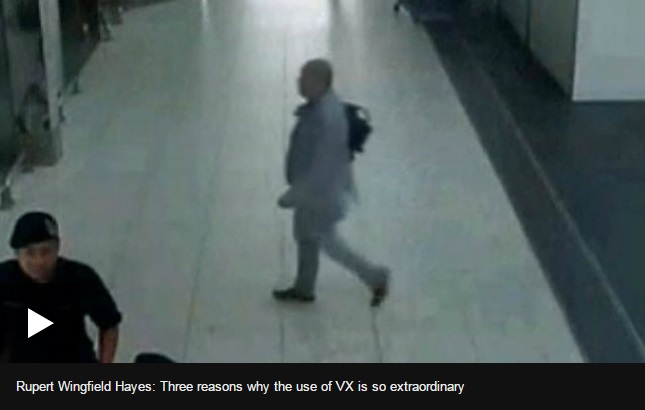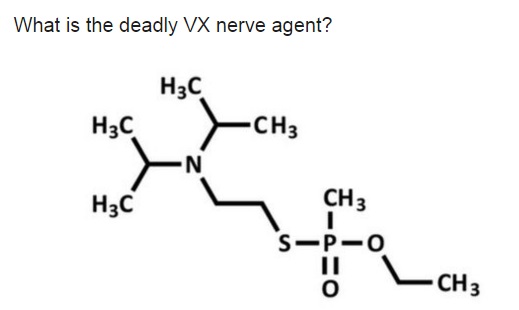
Kim Jong-nam, the half-brother of North Korea's leader, was killed by a highly toxic nerve agent, says Malaysia.
Mr Kim died last week after two women accosted him briefly in a check-in hall at a Kuala Lumpur airport.
Malaysian toxicology reports indicate he was attacked using VX nerve agent, which is classified as a weapon of mass destruction by the United Nations.
There is widespread suspicion that North Korea was responsible for the attack, which it fiercely denies.
It responded furiously to Malaysia's insistence on conducting a post-mortem examination and has accused Malaysia of having "sinister" purposes.
What does the toxicology report say?
Malaysia's police chief Khalid Abu Bakar said on Friday that the presence of the nerve agent had been detected in swabs taken from Mr Kim's eyes and face.
One of the women Mr Kim interacted with at the airport on 13 February had also fallen ill with vomiting afterwards, he added.
The authorities say they intend to decontaminate the airport and areas the suspects are known to have visited.
Mr Khalid said other exhibits were still under analysis and that police were investigating how the banned substance might have entered Malaysia.
"If the amount of the chemical brought in was small, it would be difficult for us to detect," he said.

- The most potent of the known chemical warfare agents, it is a clear, amber-coloured, oily liquid which is tasteless and odourless
- Works by penetrating the skin and disrupting the transmission of nerve impulses - a drop on the skin can kill in minutes. Low doses can cause eye pain, blurred vision, drowsiness and vomiting
- It can be disseminated in a spray or vapour when used as a chemical weapon, or used to contaminate water, food, and agricultural products
- VX can be absorbed into the body by inhalation, ingestion, skin contact, or eye contact
- Clothing can carry VX for about 30 minutes after contact with the vapour, which can expose other people
- Official chemical name is S-2 Diisoprophylaminoethyl methylphosphonothiolate and it is banned by the 1993 Chemical Weapons Convention

